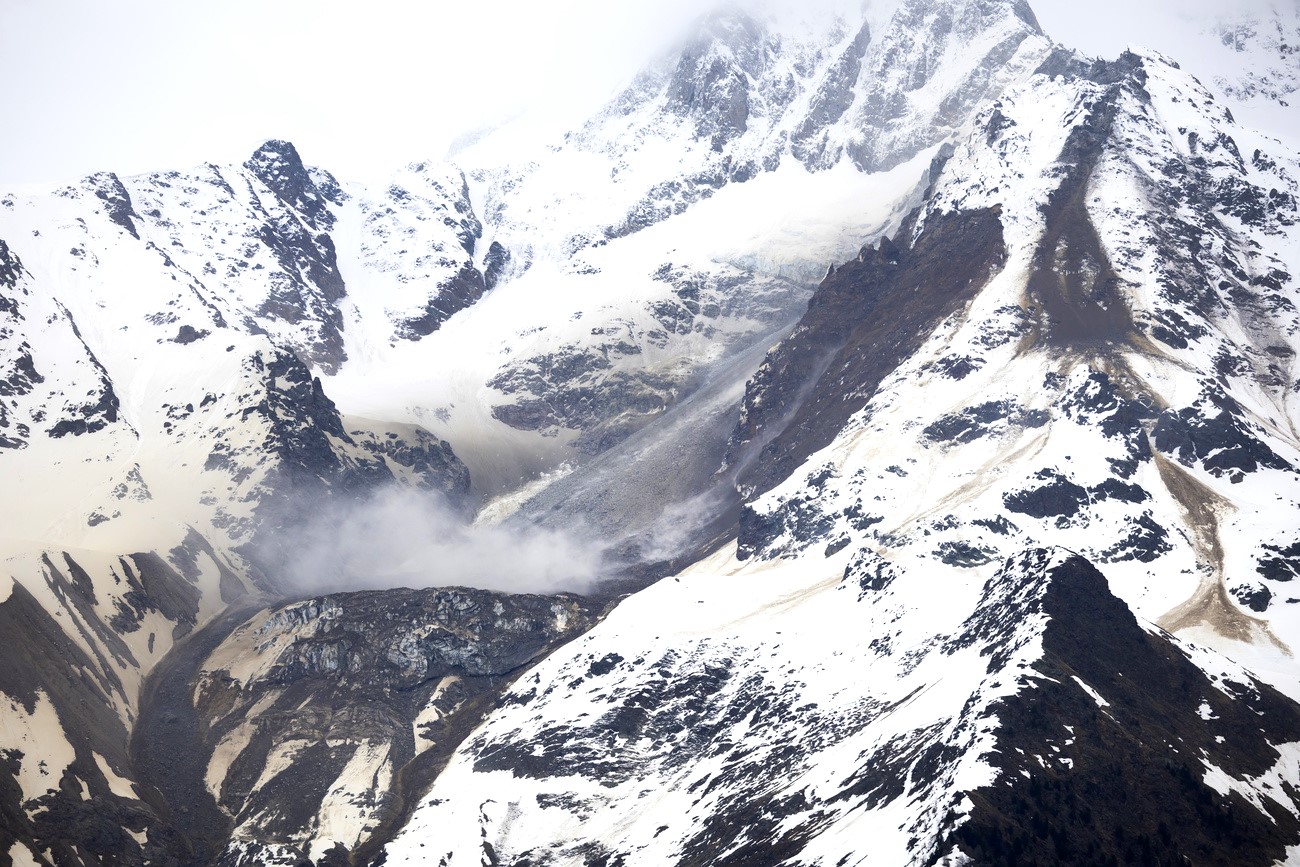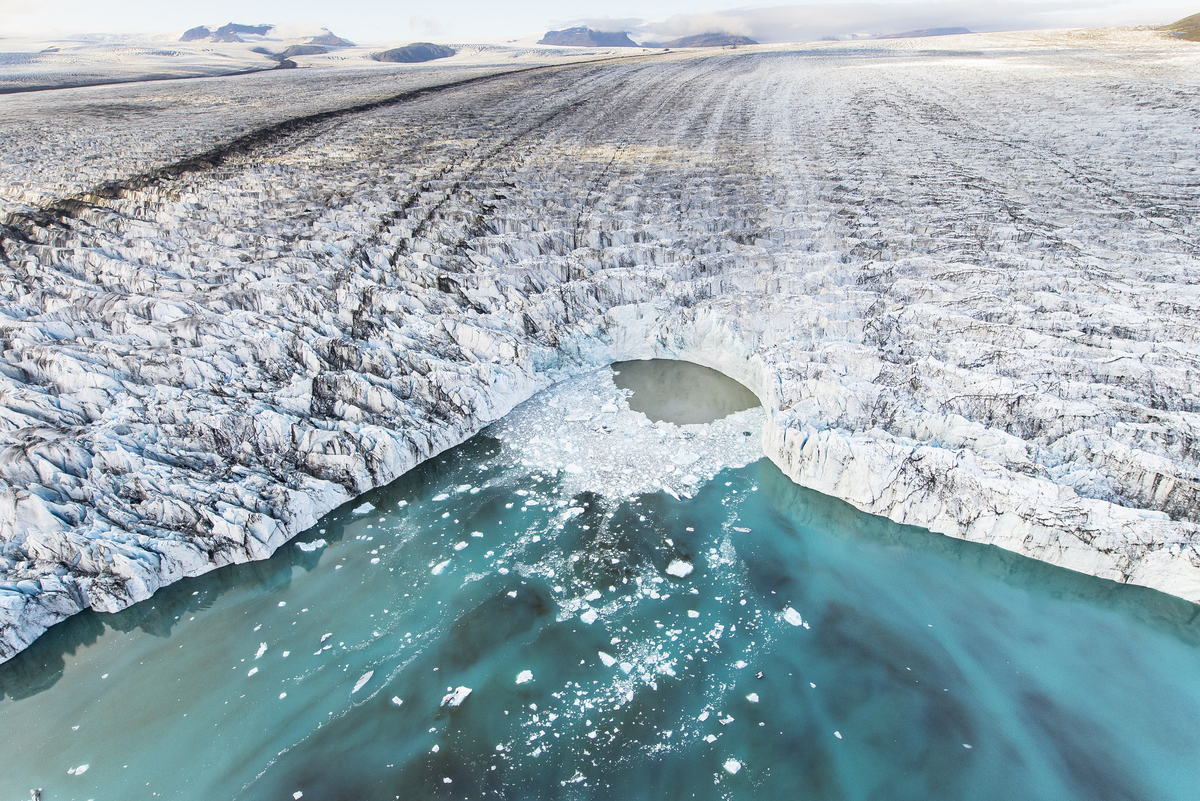Ski trails lead to Goms

Cross-country skiing is enjoying something of a renaissance - nowhere more so than in the Goms region in canton Valais.
And as swissinfo’s Dale Bechtel found during a visit to Goms, a winter vacation in Switzerland can be cheap, hassle-free and good for the waistline.
“It’s one of the healthiest of all sports,” says former Swiss champion Koni Hallenbarter, as we make tracks outside the Goms village of Obergesteln, where he runs a cross-country ski shop and bar.
“You use almost all of your muscles – 80 to 90 per cent – and there is none of the bone jolting associated with jogging,” he says with a conviction that crystallises in the cold January air.
Obergesteln is just one of a dozen villages in the Goms valley connected by cross-country ski trails.
All in all, there are 100 kilometres of “classic” or “skating” trails that stretch across the gently sloping terrain, as well as a more demanding circuit skirting the mountainsides, and even a trail lit at night.
Good snow
Goms is the second-largest cross-country ski area in Switzerland after the Engadine Valley. Like the Engadine, it has been able to guarantee good snow conditions on average for four months of the year.
It sells 20,000 to 30,000 day passes each year – and that’s on top of a further 12,000 week, two-week or season passes.
But the 100 kilometres of trails and starting points in any of the 12 villages serviced by the Furka-Oberalp Railway ensure there are none of the queues or bottlenecks that often take the fun out of downhill skiing.
And at SFr8 a day, or SFr35 a week, it is considerably cheaper.
Growing popularity
Daniel Garbely, head of the Goms cross-country skiing association, says the sport owes much of its growth to the popularity of the skating technique, developed around ten years ago.
“It’s much more modern than the classic style. It’s easier to learn and the skis are easier to wax,” says Garbely.
Skating on cross-country skis is essentially the same stride used by ice skaters or downhill ski racers coming out of the starting blocks, when they sweep their legs out to the side for propulsion.
“It’s become more attractive for young people who, having first learned how to ski downhill, find it an easy technique to master. So the sport is much more popular now than it was a decade ago.”
And Goms has been spared the fate of other cross-country areas across much of Switzerland where warmer winters have limited the sport to just a few days of the year.
Cold climate
The Goms valley is blessed with cold winds that sweep down from the Gotthard Massif. It has not been noticeably affected by climate change, even though its trails run between a modest 1,250 and 1,350 metres above sea level.
The region is also blessed with stunning alpine scenery and quaint villages made up of clusters of weathered wooden houses.
Further reason to have listened to the advice of Hallenbarter as we glided along the icy trail: “Keep your head up!”
swissinfo, Dale Bechtel
100 kilometres of cross-country trails.
The Furka-Oberalp Railway runs an hourly service in each direction.
Accommodation is provided in small hotels and holiday apartments in each village.
The Goms village of Münster is one of 13 places across Switzerland taking part in “Swiss Nordic Day” on January 11.
On the day, cross-country skiing instruction is being given free of charge and equipment rental (skis, poles and boots) offered at the reduced rate of SFr15.
Other upcoming events in Goms this winter include the European Foresters Nordic Competition from March 3-8.
Around 1,000 cross-country skiers from 21 nations are expected to take part in sprint, singles and relay events.
About 350,000 people, or five per cent of the Swiss population, cross-country ski on a regular basis.
Up until a couple of years ago, paying to use cross-country trails was voluntary.
It is estimated that the income now generated from the sale of obligatory cross-country ski passes covers a third of the SFr14 million needed to prepare Switzerland’s trails and various infrastructure.

In compliance with the JTI standards
More: SWI swissinfo.ch certified by the Journalism Trust Initiative









You can find an overview of ongoing debates with our journalists here . Please join us!
If you want to start a conversation about a topic raised in this article or want to report factual errors, email us at english@swissinfo.ch.